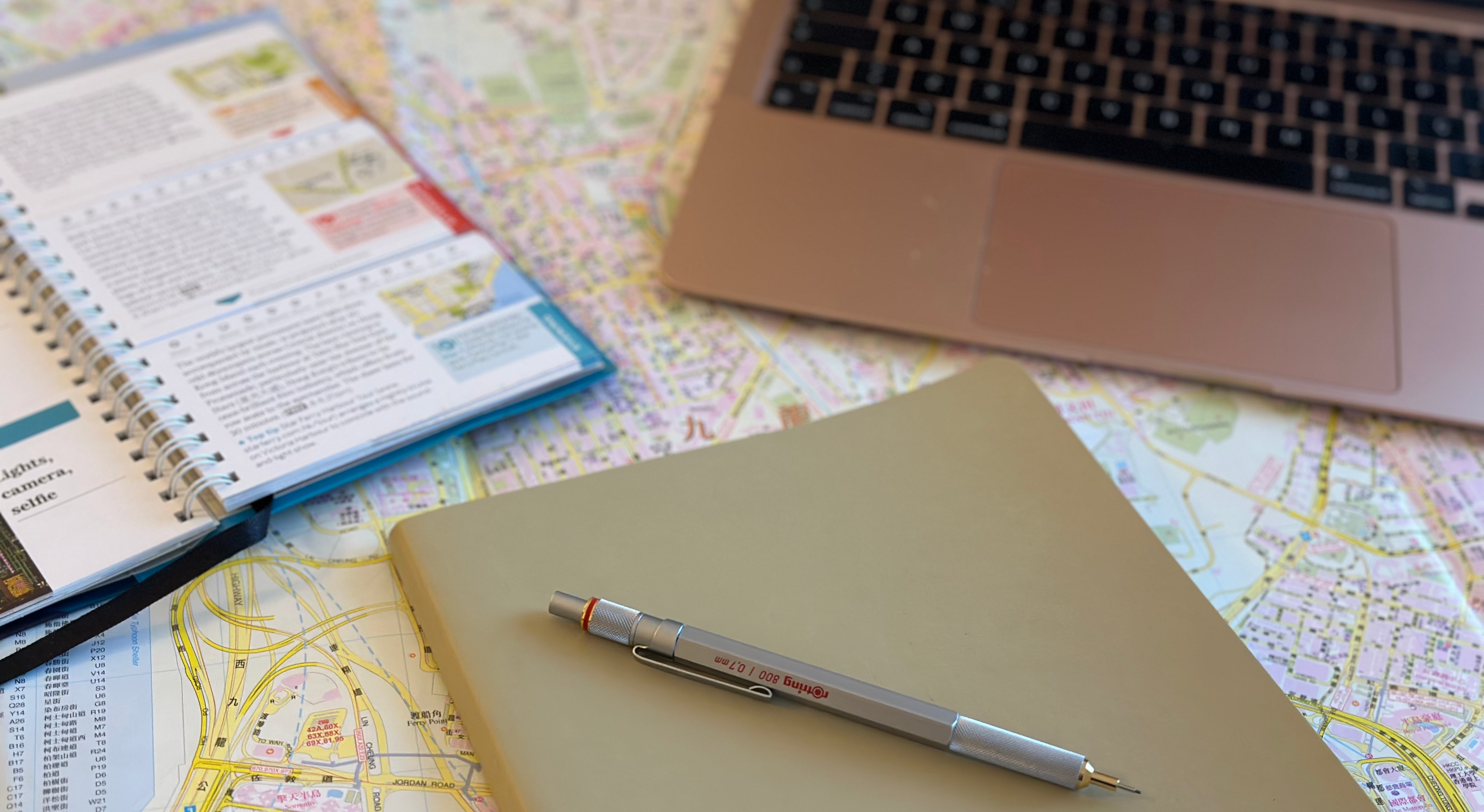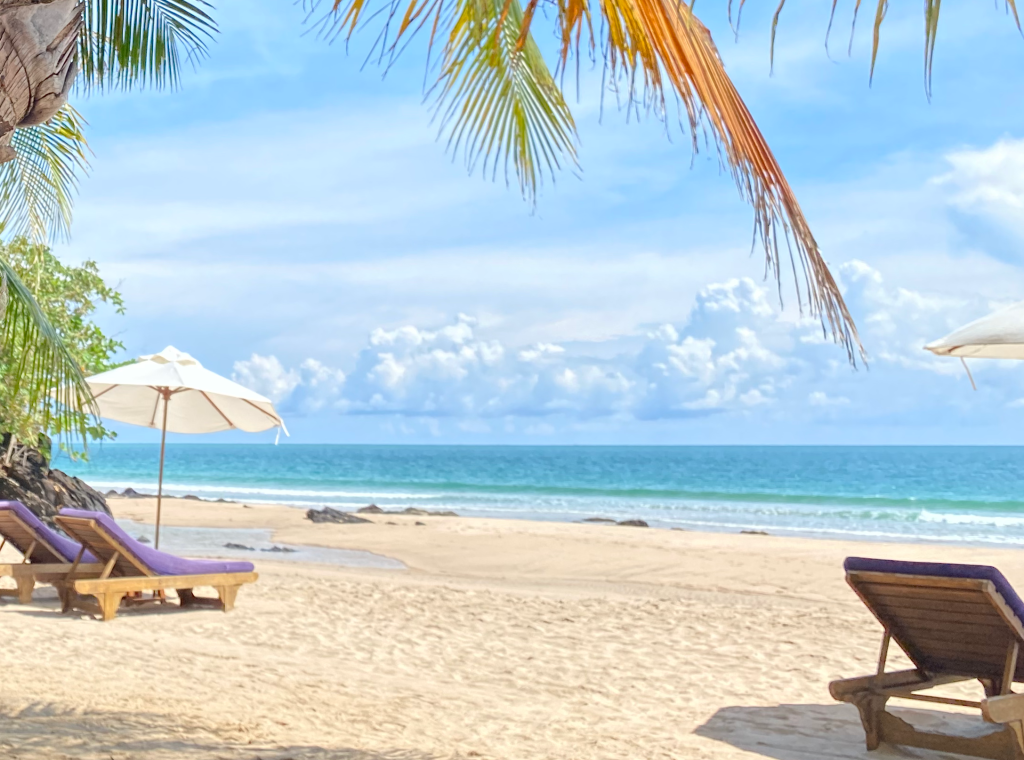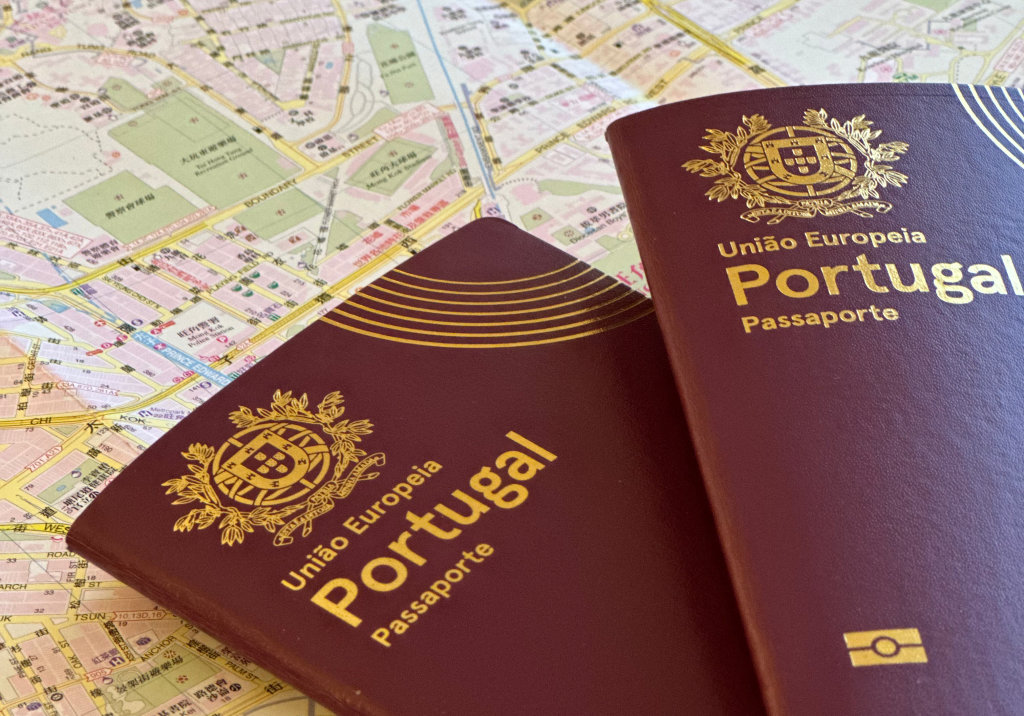



Traveling is one of the most enriching experiences we can have in life. However, to ensure a safe, comfortable, and unforgettable trip, it's important to plan everything in advance. To help you with this task, we present the 10 essential steps to plan a trip.
The first step in planning a trip is to define your budget. Determine how much money you have available to spend and establish the maximum amount you are willing to invest. This will help you choose the destination and define other elements of the trip, such as accommodation, transportation, and activities.
The second step is to choose the destination. Consider your interests and preferences. Whether you prefer a beach or mountain destination, a cultural or adventure trip, if you want to visit a bustling city or a more calm and peaceful place. Research the places that appeal to you the most and make a list of the destinations you would like to visit.
In addition to the destination, it is important to define the type of trip you want to take. When choosing the type of trip, take into consideration your personal preferences and interests.
If you enjoy exploring the local culture, cultural immersion can be a good option, allowing you to get to know the traditions and customs of the chosen destination better. If you're looking for an adrenaline rush, adventure travel may be the right choice, with activities such as trekking, rafting, or climbing. If you need rest, relaxation can be the best option, with paradisiacal beaches or luxury hotels and spas. If you want to learn about the history and culture of the place, you can choose to visit museums and monuments. If you appreciate nature, you can opt for an ecotourism trip to enjoy beautiful landscapes and observe wildlife. If you love gastronomy, gastronomic experiences can be the right choice to get to know the local cuisine. And if you want to better understand the habits and customs of the local population, you can opt for trips that encourage contact with the local people.



The combination of different types of travel is also possible, allowing you to explore the chosen destination from various perspectives and making the experience richer and more diverse.
Define the time of year you want to travel. Take into account the weather conditions and the high or low tourist season. High season usually means higher prices and a larger influx of tourists, while low season can mean more affordable prices, but also less favorable weather conditions.
Before deciding on a destination, conduct a detailed research on the chosen place. Look up the local culture, customs, traditions, and tourist attractions. Consult travel guides and travel blogs to obtain updated information and useful tips.
After choosing the destination and the activities you want to do, it's time to plan your travel itinerary. Decide how many days you will spend in each place, which tourist spots you want to visit, where you will eat and where you will sleep. It's important to keep in mind that the itinerary can be adjusted during the trip, so it doesn't need to be followed strictly.
With the itinerary set, it's time to book flights and other transportation, as well as reserve accommodation and local tours. Look for flight and hotel deals in advance to get the best prices. If you plan to take local tours, book in advance to ensure availability and avoid queues and delays.
A recommendation to book local activities and tours is to use GetYourGuide or Viator. Click to find what best suits your travel style.
Before traveling, it is important to plan your arrival at the destination. Check if you need a local SIM card to have access to the internet and communicate with family and friends. Plan transfers from the airport or train station to the hotel and check the available public transportation schedules. It is also important to check the local currency and exchange money in advance.
Before traveling, check the legal requirements of your destination, such as the need for a visa, passport, and mandatory vaccinations. Make sure all your documents are in order and that you will not have any problems entering the destination country. Some countries have specific requirements for tourists entering, so it is important to be informed about these rules.

Lastly, be prepared for the trip. Schedule a traveler's consultation in advance to learn about the risks and precautions to take regarding health in the chosen destination. Bring medication for any eventuality and a basic first aid kit.
Acquire travel insurance that can offer you protection against unforeseen events, such as flight cancellations, lost luggage, or unexpected medical expenses. Make sure to choose an insurance policy that meets your specific travel needs.
Make sure you have a valid bank card to use in case of an emergency or to make payments during your trip.
By following these 10 essential steps for planning a trip, you can have a peaceful, safe, and unforgettable journey. Remember that every trip is unique and may have unexpected events, so it is important to be prepared to deal with them. Enjoy every moment of your trip and create incredible memories that will last forever!
Protect yourself during your adventures! We use IATI for our travel insurance. Click here to get the perfect travel insurance for you and enjoy 5% discount.
On our trips, we use the Revolut card because it allows us to avoid exchange fees and international transactions, which can result in significant savings on trips abroad. Click here to find out more information about Revolut.
Note: When you buy something through our links, we earn a small commission. However, the price you pay for the product or service is exactly the same. This helps us maintain our website and continue to offer valuable information and travel tips to our readers. It's a win-win situation!
Get inspired! Subscribe to our Newsletter and stay up to date with our upcoming adventures, news, and tips.